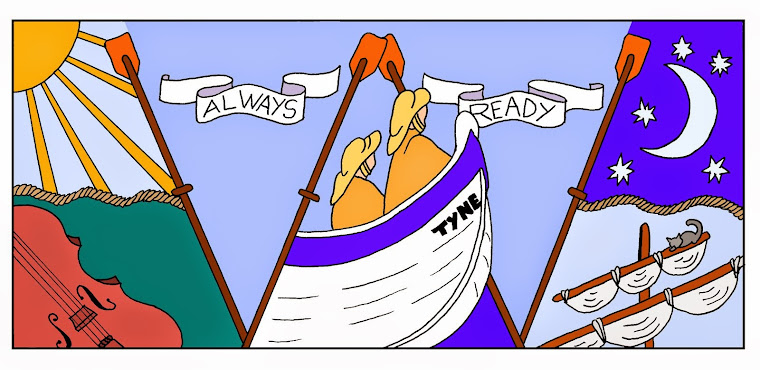Willie Wouldhave Stead
 |
| Newspaper Photo |
Hannah was the daughter of Michael Wouldhave (MI101), a
joiner and cabinet maker, who was originally established in Barnard Castle but
moved to Leeds in the 1830s. Hannah
married Robert Wright, a bricklayer, in 1842 in Leeds but was widowed in
1849. In the 1851 census she is living
with her brother, John Henry Wouldhave (JO111), an upholsterer, in Ripon. She has three children Sarah Jane, Henry and
Fanny.
Willie’s parents, Arthur Stead and Sarah Jane Wright,
married in 1882. In the 1901 census,
Willie is living in Spring Grove Walk in Headingley, Leeds with his father and
mother, and his sister, Edith. Arthur was a tailor and died in 1908. In the
1911 census Willie is living with his widowed mother, his sister and two aunts
Fanny Wood (formerly Stead) and Mary Ellen Stead (Arthur’s sister). His mother, Sarah Jane died in 1912.
In the 1911 census, living at Hyde Park, Leeds, Willie’s
occupation is Journalist for an evening paper.
Willie began his career as a journalist with the Yorkshire Evening News
and rose to the position of Chief Reporter before moving to the Yorkshire
Evening Post. Accounts written after his
death indicated he was popular with his colleagues having unfailing geniality
and modesty. He showed every promise of
a successful career. He was a member of
the National Union of Journalists and served for four years as corresponding
secretary of the Leeds Branch.
Willie was one of a group of Leeds Pressmen who joined
the ranks of the Leeds ‘Pals’ Battalion at the outbreak of the Great War. For several months they trained at
Colsterdale in the Yorkshire Dales, Willie sending articles to the Yorkshire
Evening Post during this time. His
merits were quickly recognised and he received a commission in another newly
formed battalion, the Leeds Bantam Battalion.
 |
| Newpaper photo of Leeds platoon, Willie is on the right of the second row |
In June 1915 he was involved in a serious road accident
near Skipton with several brother officers.
They had hired a car to visit the Ilkley Picture House to see a film of
the regiment. During their return journey
the car turned over at Chelker Reservoir and the occupants were thrown
violently against a wall. Although
Second Lieutenant Willie Wouldhave Stead was bruised his injuries and that of a
fellow journalist and officer, Arthur Tadman, were not serious. However one of
the officers, Second Lieutenant Ernest Roscoe later died of his injuries.
In August 1916 the battalion was at the Battle of the
Somme. When one of his friends, Alex Monteith Hamilton, was injured, Willie
wrote home to his friend’s mother to reassure her and his letter was published
in the Leeds Mercury on 4th August.
In it he said “The last fortnight, and especially the last three days,
has been a living torture and a perfect hell, and Monty’s men have been falling
today like ninepins, killed, wounded, shattered. I have sole charge for the time being of a
company, and last night we all escaped by the skin of our teeth…. Please excuse
more, I am weary and jaded, almost to the breaking point, and shells are making
things hot.”
Information from the war diaries show that on 24th
August the battalion moved up to the front line at the battle of the
Somme. There was heavy shelling early
the following morning (25th) and intense bombardment at 8pm. The following day (26th) was
largely quiet. Although the newspapers indicate Willie was killed by enemy
action on the 26th August, the Commonwealth War Graves Commission (CWGC)
gives his date of death as 25th August, which has a better fit with
the information from the war diaries.
 |
| Extract of war diary |
A brother officer was quoted in the Yorkshire Post and
Leeds Intelligencer on 4th September “He was an exceptionally smart
officer, and when his company lost its commander the Colonel had no hesitation
in handing over the reins to Lieutenant Stead.
He acted in this capacity for some time, and it was during his command
of the company that the battalion had its most trying experience. He never made a mistake and the work he accomplished
called for the plaudits of all. Poor
Stead’s death had cast a gloom over the battalion. I don’t think there was an officer in the
battalion who was held in higher esteem.” The Yorkshire Evening Post on 31st
August said that “He was as brave as he was cheerful and capable, big-hearted,
if small in stature, he endeared himself to his colleagues in civil life, and
to his comrades after he joined the army…We shall miss a staunch colleague and
a loyal friend.”
From the CWGC information, Willie was buried at Peronne
Road cemetery, Maricourt. His next of
kin was his sister, Edith Stead, who was living at this time in South Street,
Durham.
